Home>Furniture & Design>Interior Design Trends>Which Type Of Glass Is Used In Most Sliding Doors
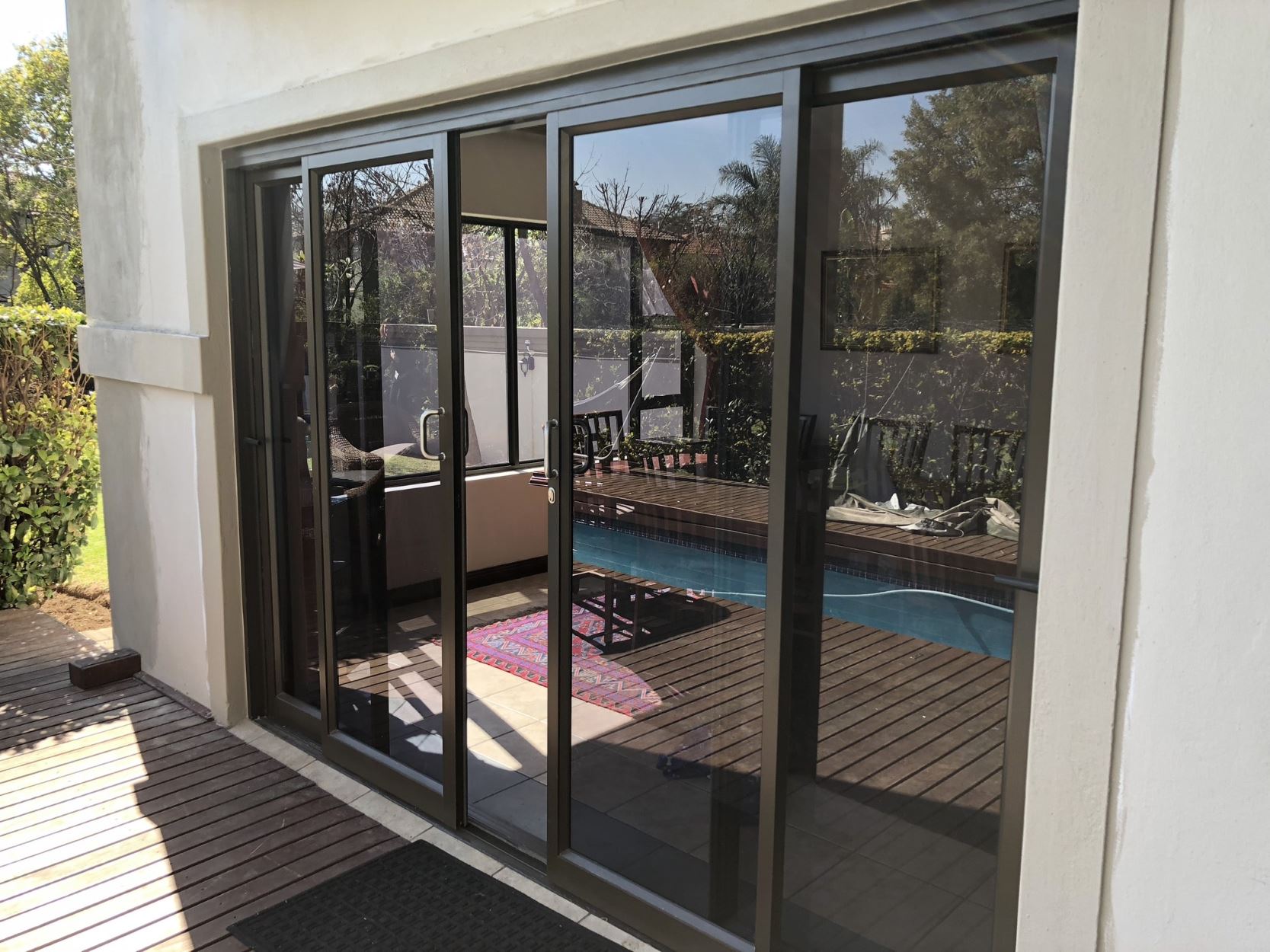

Interior Design Trends
Which Type Of Glass Is Used In Most Sliding Doors
Modified: October 18, 2024
Discover the latest interior design trends for sliding doors and learn about the most commonly used types of glass. Explore the best options for your home's aesthetic and functionality.
(Many of the links in this article redirect to a specific reviewed product. Your purchase of these products through affiliate links helps to generate commission for Storables.com, at no extra cost. Learn more)
Introduction
Sliding doors have become a popular choice in modern interior design, offering a seamless transition between indoor and outdoor spaces while maximizing natural light and visual connectivity. The type of glass used in sliding doors plays a crucial role in ensuring both functionality and aesthetics. Understanding the different types of glass commonly employed in sliding doors can provide valuable insights for homeowners, architects, and interior designers seeking to make informed decisions about their design and construction projects.
When it comes to sliding doors, the type of glass used can significantly impact various aspects such as safety, energy efficiency, sound insulation, and overall performance. In this comprehensive guide, we will explore the most common types of glass utilized in sliding doors, shedding light on their unique characteristics and benefits. From tempered and laminated glass to insulated and low-emissivity (Low-E) glass, each variant offers distinct features that cater to specific requirements and preferences.
As we delve into the world of sliding door glass, we will uncover the practical implications and aesthetic considerations associated with each type. Whether you are envisioning a sleek, contemporary sliding door for your urban loft or a durable, weather-resistant option for your suburban home, understanding the nuances of glass selection is paramount. Join us on this illuminating journey as we unravel the mysteries behind the glass that brings your sliding doors to life.
Key Takeaways:
- Choose tempered glass for sliding doors for safety, durability, and design flexibility. It resists impact, reduces injury risk, and enhances energy efficiency, making it ideal for modern homes and commercial spaces.
- Opt for laminated glass in sliding doors for safety, sound insulation, UV protection, and design versatility. It enhances occupant safety, shields against UV damage, and allows for creative design expressions, making it perfect for modern architectural and interior design projects.
Tempered Glass
Tempered glass, also known as toughened glass, is a popular choice for sliding doors due to its exceptional strength and safety features. This type of glass undergoes a specialized thermal or chemical treatment, resulting in increased resilience compared to standard annealed glass. The tempering process involves heating the glass to high temperatures and then rapidly cooling it, creating internal stresses that enhance its durability.
One of the key advantages of tempered glass is its remarkable resistance to impact and breakage. In the context of sliding doors, this attribute is particularly valuable as it reduces the risk of shattering in the event of accidental collisions or extreme external forces. This safety feature is especially important in households with children or pets, where the potential for impact-related accidents is a primary concern.
Furthermore, tempered glass is designed to fracture into small, granular pieces rather than sharp shards when broken. This characteristic minimizes the risk of serious injury, making it a preferred choice for applications where human interaction is frequent. In the context of sliding doors, the use of tempered glass provides peace of mind, knowing that the risk of severe harm from glass breakage is significantly mitigated.
In addition to its safety benefits, tempered glass offers enhanced thermal resistance, making it well-suited for sliding doors in various climates. Its ability to withstand thermal stress and temperature differentials contributes to improved energy efficiency, as it helps maintain indoor comfort levels while reducing heat transfer. This is particularly advantageous for sliding doors that serve as key access points to outdoor living spaces, where temperature control and insulation are essential considerations.
From a design perspective, tempered glass can be customized with various tints, coatings, and patterns to complement the overall aesthetic of the space. Whether it's a sleek, frameless sliding door or a contemporary design with minimalist hardware, tempered glass can be tailored to align with the desired style and visual impact. Its versatility in terms of customization allows for seamless integration into diverse interior design concepts, adding both functionality and aesthetic appeal to the space.
In summary, tempered glass stands out as a robust and secure option for sliding doors, offering a blend of safety, durability, and design flexibility. Its ability to withstand impact, resist thermal stress, and minimize injury risk makes it a compelling choice for modern residential and commercial applications. When selecting glass for sliding doors, the inclusion of tempered glass can elevate the overall performance and longevity of the installation, ensuring a harmonious balance of safety and style.
Laminated Glass
Laminated glass is a versatile and resilient option that has gained widespread popularity in the realm of sliding doors. Comprising two or more layers of glass bonded together with an interlayer, typically made of polyvinyl butyral (PVB) or ethylene-vinyl acetate (EVA), laminated glass offers a host of benefits that make it an ideal choice for various architectural and design applications.
One of the standout features of laminated glass is its exceptional safety characteristics. In the context of sliding doors, where large expanses of glass are often utilized, safety considerations are paramount. Laminated glass is designed to retain its structural integrity even when broken, as the interlayer holds the shattered pieces in place. This prevents the glass from disintegrating into sharp, hazardous fragments, reducing the risk of injury in the event of breakage. As a result, laminated glass provides a reliable safeguard against potential accidents, making it a preferred option for sliding doors in residential, commercial, and public settings.
Beyond its safety attributes, laminated glass offers notable sound insulation properties, contributing to a quieter and more peaceful indoor environment. The interlayer within laminated glass serves as an effective sound barrier, reducing the transmission of external noise into the interior space. This is particularly advantageous for sliding doors located in urban or high-traffic areas, where noise pollution can be a concern. By incorporating laminated glass into sliding door designs, homeowners and occupants can enjoy enhanced acoustic comfort, fostering a tranquil and undisturbed living environment.
Moreover, laminated glass provides enhanced UV protection, helping to safeguard interior furnishings, flooring, and artwork from the detrimental effects of prolonged sun exposure. The interlayer in laminated glass effectively filters out a significant portion of ultraviolet radiation, minimizing the fading and degradation of interior elements. This UV-resistant feature is especially valuable for sliding doors that open onto sunlit areas, such as patios, balconies, or garden spaces, where prolonged exposure to sunlight is inevitable. By integrating laminated glass, homeowners can preserve the aesthetic appeal and longevity of their interior decor while basking in the natural light that sliding doors afford.
From a design perspective, laminated glass offers a myriad of customization options, including various tints, patterns, and interlayer materials. This versatility allows for the creation of visually striking sliding door installations that align with the overarching design scheme of the space. Whether it's a contemporary, frosted glass sliding door or a vibrant, decorative application, laminated glass can be tailored to meet diverse aesthetic preferences, adding a touch of elegance and individuality to the interior environment.
In summary, laminated glass emerges as a multifaceted solution for sliding doors, encompassing safety, sound insulation, UV protection, and design versatility. Its ability to enhance occupant safety, mitigate noise disturbances, shield against UV damage, and facilitate creative design expressions makes it a compelling choice for modern architectural and interior design endeavors. By incorporating laminated glass into sliding door configurations, designers and homeowners can achieve a harmonious fusion of functionality and style, elevating the overall appeal and performance of their living spaces.
Most sliding doors use tempered glass, which is stronger and safer than regular glass. It is designed to break into small, dull pieces instead of sharp shards, reducing the risk of injury.
Insulated Glass
Insulated glass, commonly referred to as double glazing or double-pane glass, represents a pivotal advancement in the realm of sliding door technology, offering a host of benefits that cater to both practical and aesthetic considerations. This innovative glass configuration consists of two or more panes of glass separated by a hermetically sealed airspace, creating a thermal barrier that delivers enhanced energy efficiency, climate control, and condensation resistance.
One of the primary advantages of insulated glass in the context of sliding doors is its superior thermal performance. The presence of an insulating airspace between the glass panes acts as a barrier against heat transfer, effectively reducing the exchange of thermal energy between the interior and exterior environments. This results in improved insulation, helping to maintain consistent indoor temperatures and reduce reliance on heating and cooling systems. For homeowners seeking to optimize energy efficiency and minimize utility costs, insulated glass sliding doors present a compelling solution, contributing to a more sustainable and comfortable living environment.
In addition to its thermal benefits, insulated glass offers notable condensation resistance, mitigating the formation of moisture on the interior surface of the glass. By minimizing condensation, this glass configuration helps preserve the clarity of the glass and prevents potential water damage to surrounding structures and finishes. This feature is particularly valuable for sliding doors located in humid or fluctuating climate conditions, where condensation-related issues can compromise visual clarity and structural integrity. With insulated glass, homeowners can enjoy clear, unobstructed views through their sliding doors while avoiding the detrimental effects of moisture accumulation.
Furthermore, insulated glass provides enhanced acoustic insulation, reducing the transmission of external noise into the interior space. The airspace between the glass panes serves as an effective sound buffer, helping to create a quieter and more peaceful indoor environment. This is especially beneficial for sliding doors situated in urban or noisy environments, where sound insulation is a key consideration for occupant comfort and well-being. By incorporating insulated glass, homeowners can minimize external disturbances and enjoy a serene living space conducive to relaxation and concentration.
From a design perspective, insulated glass offers versatility in terms of customization, allowing for the integration of various coatings, tints, and decorative elements to align with the desired aesthetic vision. Whether it's a contemporary, energy-efficient sliding door with low-emissivity (Low-E) coatings or a visually striking insulated glass panel with decorative patterns, this glass configuration can be tailored to complement diverse interior design styles, enhancing both functionality and visual appeal.
In summary, insulated glass stands as a transformative solution for sliding doors, encompassing thermal efficiency, condensation resistance, sound insulation, and design adaptability. Its ability to optimize energy performance, preserve visual clarity, mitigate noise disturbances, and facilitate creative design expressions makes it a compelling choice for modern architectural and interior design endeavors. By incorporating insulated glass into sliding door configurations, designers and homeowners can elevate the overall comfort, sustainability, and aesthetic allure of their living spaces.
Low-E Glass
Low-emissivity (Low-E) glass represents a groundbreaking innovation in the realm of sliding door technology, offering a myriad of benefits that cater to both energy efficiency and occupant comfort. This advanced glass variant is engineered with a microscopically thin, transparent coating that effectively reduces heat transfer and ultraviolet (UV) radiation while allowing visible light to pass through. The integration of Low-E glass in sliding doors has revolutionized the way in which natural light is harnessed and thermal performance is optimized, making it a highly sought-after solution for modern architectural and interior design applications.
One of the primary advantages of Low-E glass lies in its exceptional thermal insulation properties. The specialized coating applied to the glass surface acts as a thermal barrier, effectively reflecting a significant portion of infrared heat while allowing visible light to penetrate. This results in improved insulation, reducing heat loss during colder seasons and minimizing heat gain during warmer periods. By enhancing the thermal efficiency of sliding doors, Low-E glass contributes to a more stable and comfortable indoor environment, reducing reliance on heating and cooling systems and lowering energy consumption.
In addition to its thermal benefits, Low-E glass offers remarkable UV protection, effectively filtering out a substantial portion of harmful ultraviolet radiation. This feature is particularly valuable for sliding doors that open onto sunlit areas, such as patios, balconies, or garden spaces, where prolonged exposure to sunlight is inevitable. By mitigating UV transmission, Low-E glass helps safeguard interior furnishings, flooring, and artwork from fading and degradation, preserving the aesthetic appeal and longevity of the interior environment.
Furthermore, Low-E glass contributes to enhanced acoustic comfort by reducing the transmission of external noise into the interior space. The insulating properties of the coating, combined with the glass's inherent structural integrity, create a quieter and more peaceful indoor environment, fostering a serene living space conducive to relaxation and concentration. This is especially beneficial for sliding doors located in urban or high-traffic areas, where noise disturbances can detract from overall comfort and well-being.
From a design perspective, Low-E glass offers versatility in terms of customization, allowing for the integration of various tints, coatings, and decorative elements to align with the desired aesthetic vision. Whether it's a contemporary, energy-efficient sliding door with Low-E coatings or a visually striking insulated glass panel with decorative patterns, this glass configuration can be tailored to complement diverse interior design styles, enhancing both functionality and visual appeal.
In summary, Low-E glass stands as a transformative solution for sliding doors, encompassing thermal efficiency, UV protection, sound insulation, and design adaptability. Its ability to optimize energy performance, preserve visual clarity, mitigate noise disturbances, and facilitate creative design expressions makes it a compelling choice for modern architectural and interior design endeavors. By incorporating Low-E glass into sliding door configurations, designers and homeowners can elevate the overall comfort, sustainability, and aesthetic allure of their living spaces.
Conclusion
In conclusion, the selection of glass for sliding doors plays a pivotal role in shaping the functionality, safety, energy efficiency, and aesthetic appeal of interior and exterior spaces. Each type of glass, from tempered and laminated to insulated and Low-E variants, offers a unique set of attributes that cater to specific requirements and design objectives.
Tempered glass stands out as a robust and secure option for sliding doors, providing exceptional strength, safety, and design flexibility. Its ability to withstand impact, resist thermal stress, and minimize injury risk makes it a compelling choice for modern residential and commercial applications.
Laminated glass emerges as a multifaceted solution for sliding doors, encompassing safety, sound insulation, UV protection, and design versatility. Its capacity to enhance occupant safety, mitigate noise disturbances, shield against UV damage, and facilitate creative design expressions makes it an ideal choice for modern architectural and interior design endeavors.
Insulated glass represents a transformative solution for sliding doors, offering thermal efficiency, condensation resistance, sound insulation, and design adaptability. Its ability to optimize energy performance, preserve visual clarity, mitigate noise disturbances, and facilitate creative design expressions makes it a compelling choice for modern architectural and interior design endeavors.
Low-E glass stands as a groundbreaking innovation in the realm of sliding door technology, offering exceptional thermal insulation, UV protection, sound insulation, and design adaptability. Its capacity to optimize energy performance, preserve visual clarity, mitigate noise disturbances, and facilitate creative design expressions makes it a highly sought-after solution for modern architectural and interior design applications.
In essence, the choice of glass for sliding doors should be guided by a comprehensive understanding of the specific functional, safety, environmental, and aesthetic requirements of the intended space. By carefully evaluating the unique attributes of each glass type and aligning them with the project's objectives, designers and homeowners can make informed decisions that enhance the overall performance and visual allure of sliding door installations.
Ultimately, the integration of the right type of glass in sliding doors contributes to a harmonious fusion of safety, sustainability, comfort, and style, elevating the living experience and architectural integrity of residential and commercial environments. Whether it's a contemporary urban loft, a tranquil suburban home, or a dynamic commercial space, the careful selection of glass for sliding doors holds the key to unlocking a seamless and captivating transition between indoor and outdoor realms.
Frequently Asked Questions about Which Type Of Glass Is Used In Most Sliding Doors
Was this page helpful?
At Storables.com, we guarantee accurate and reliable information. Our content, validated by Expert Board Contributors, is crafted following stringent Editorial Policies. We're committed to providing you with well-researched, expert-backed insights for all your informational needs.
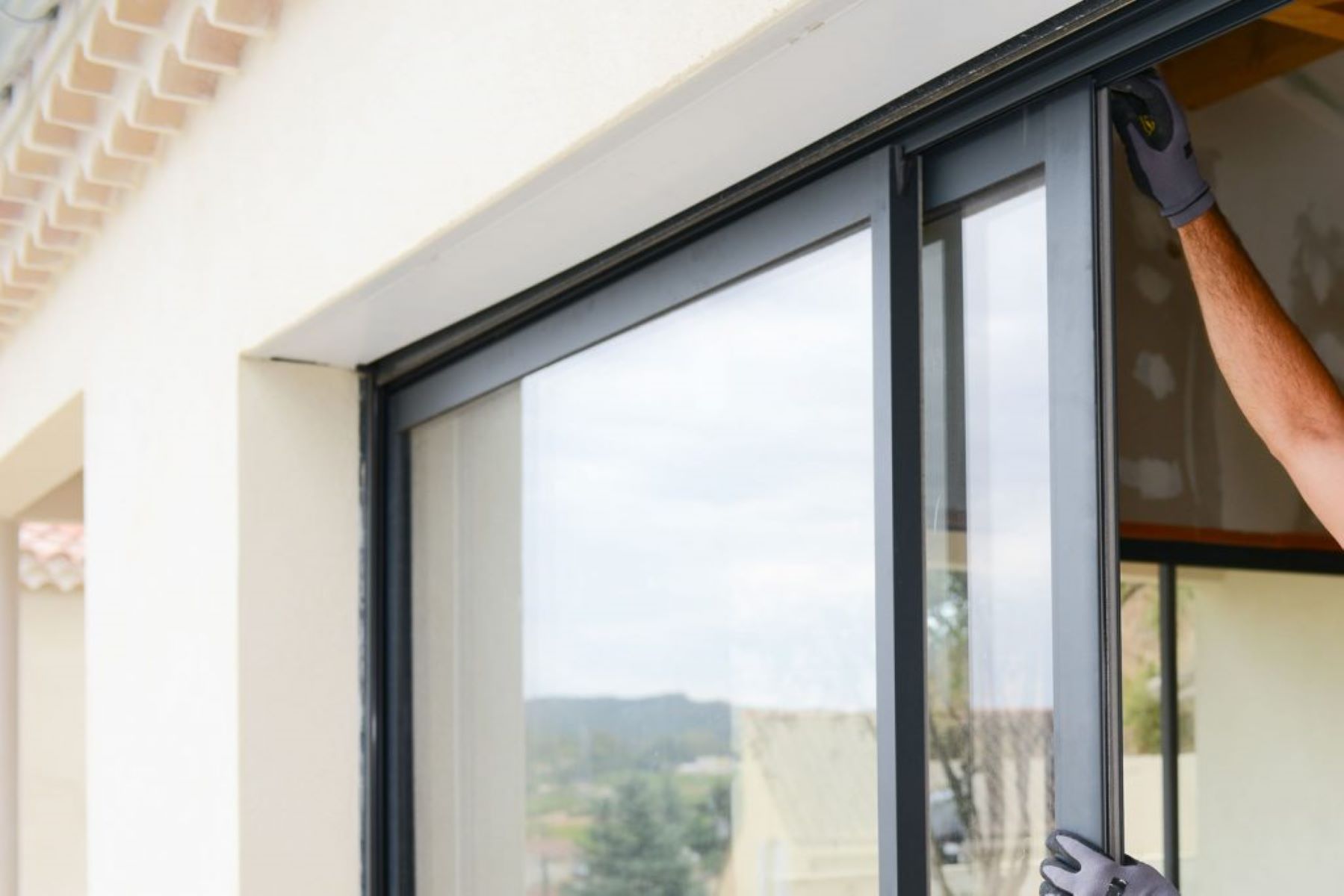
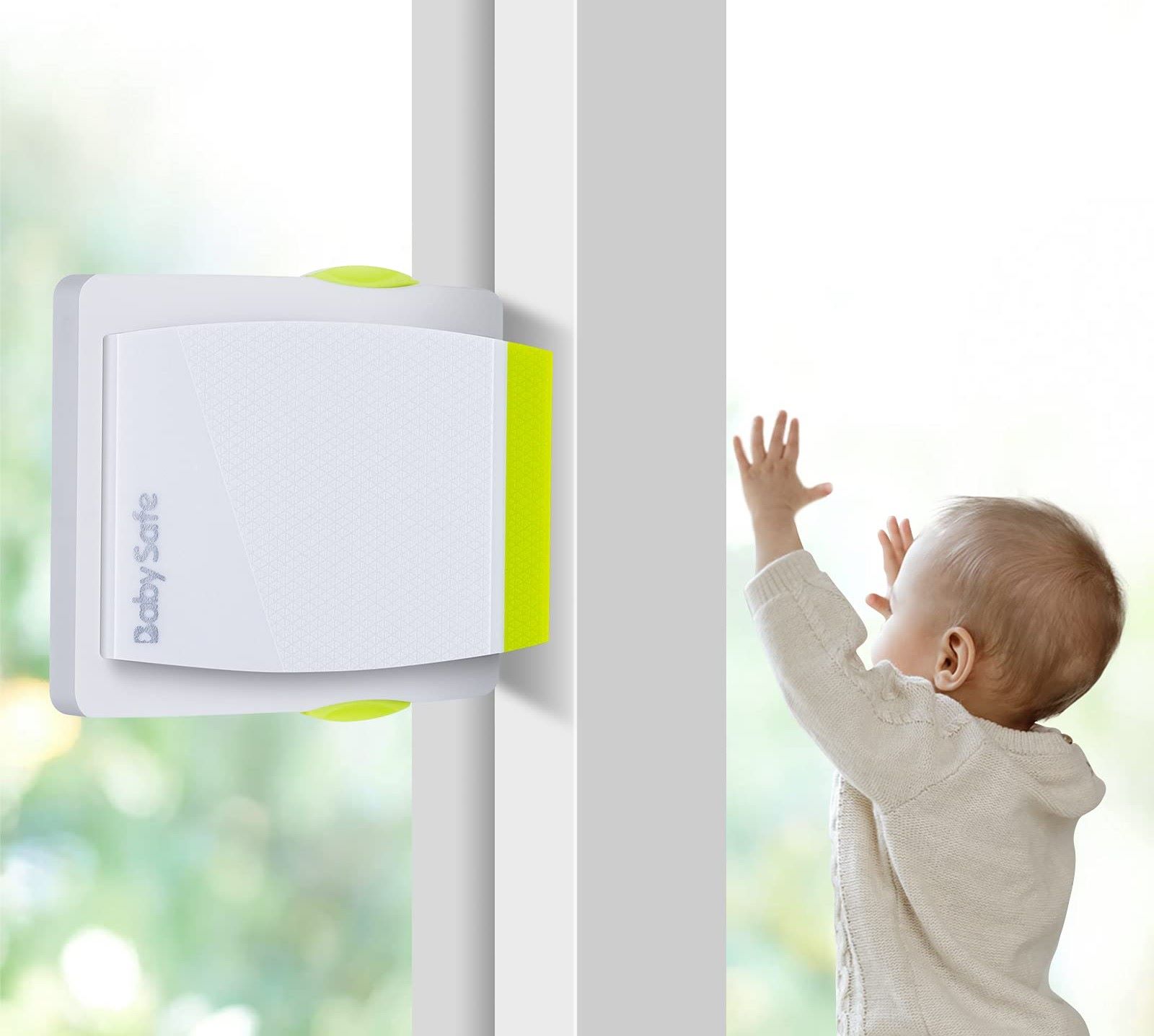
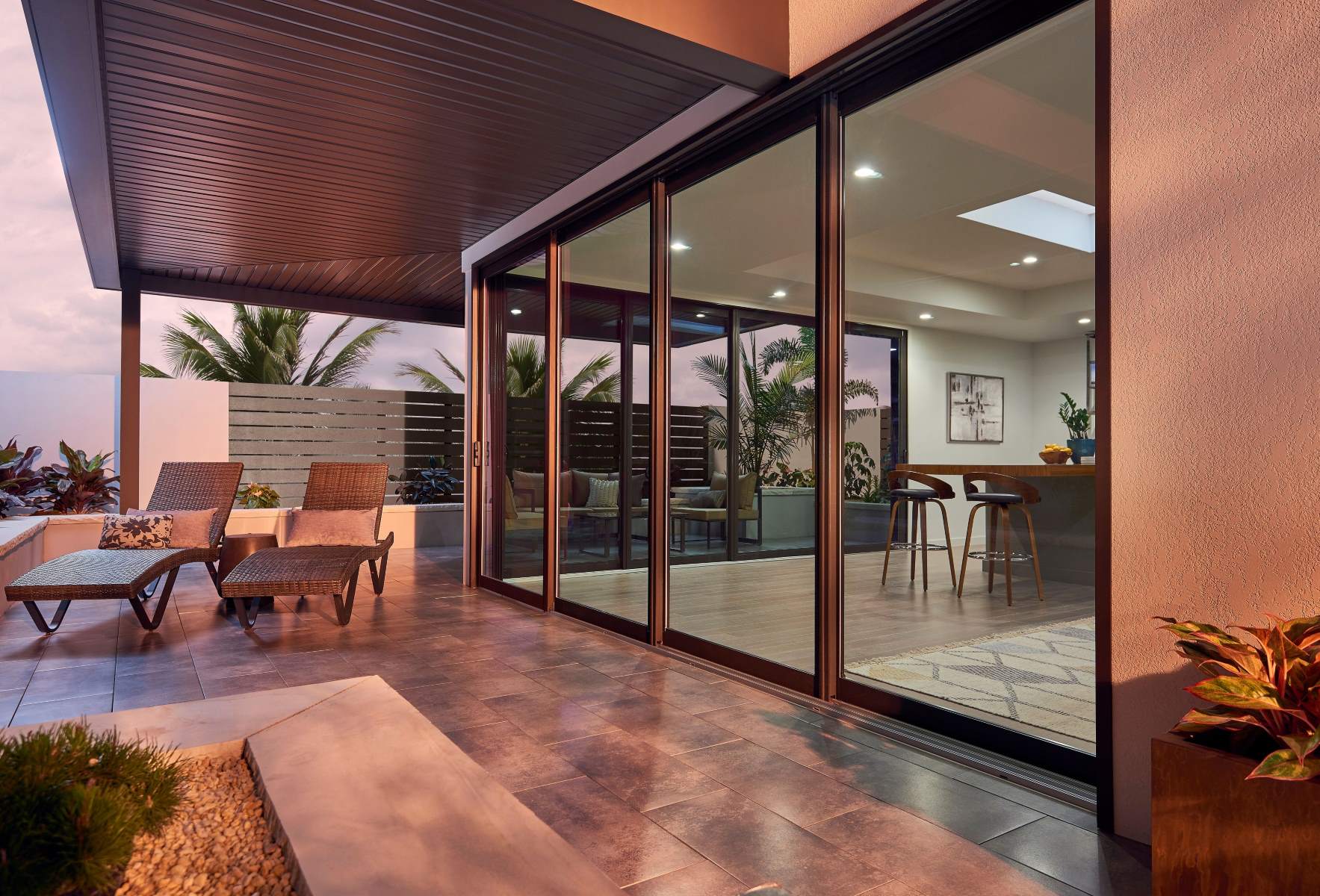
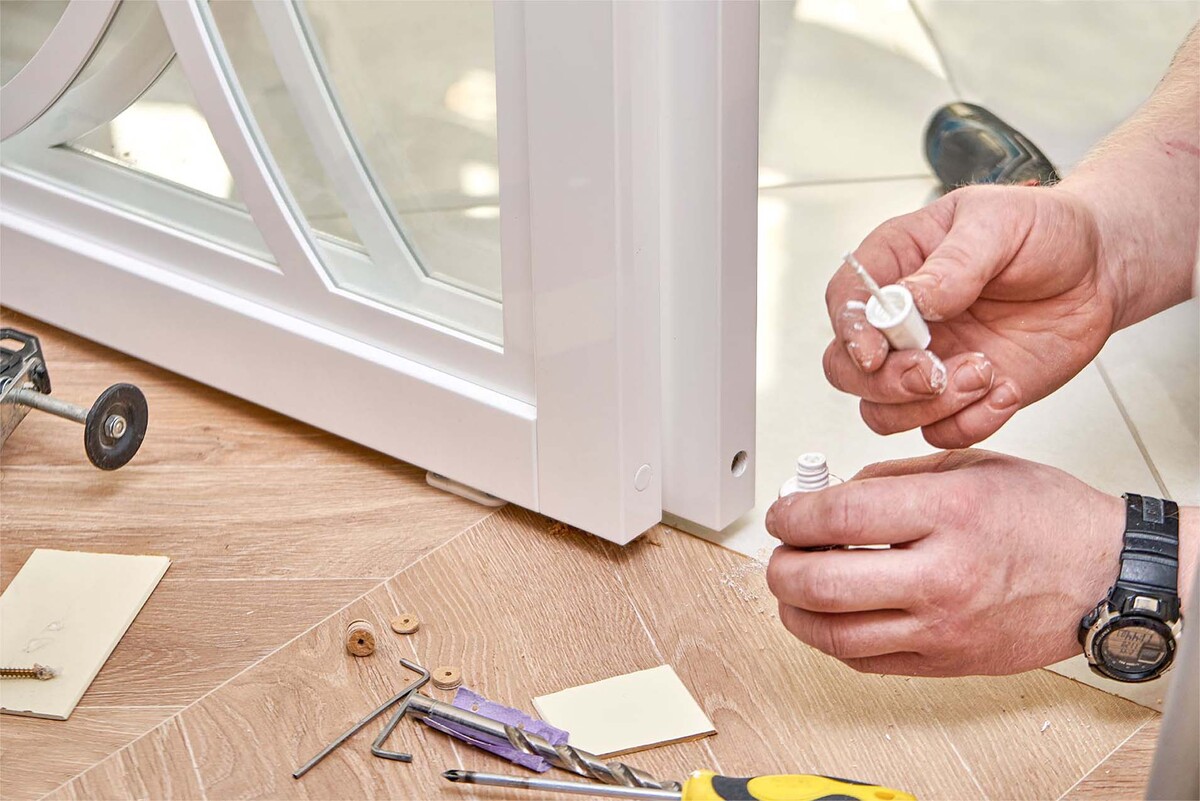
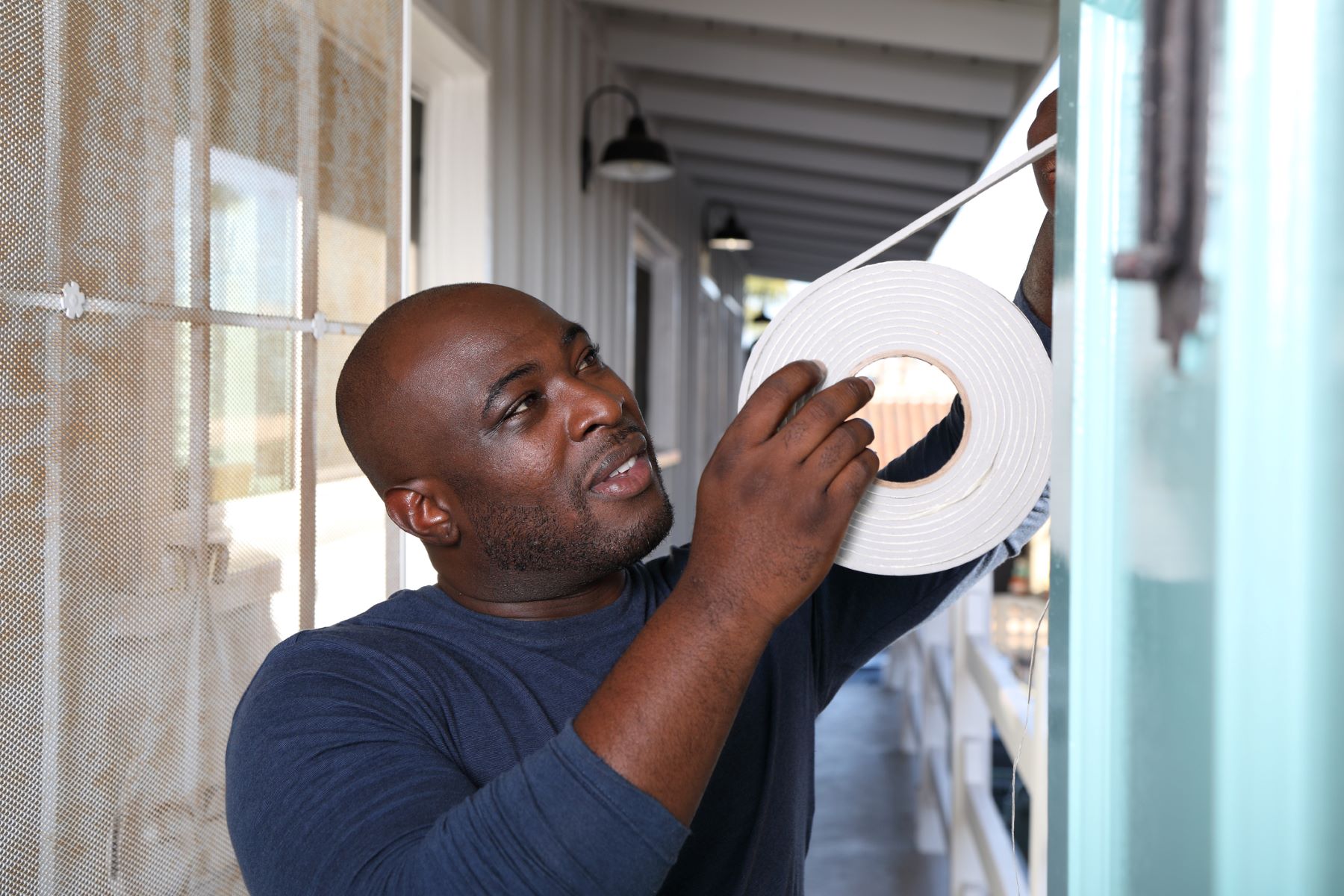

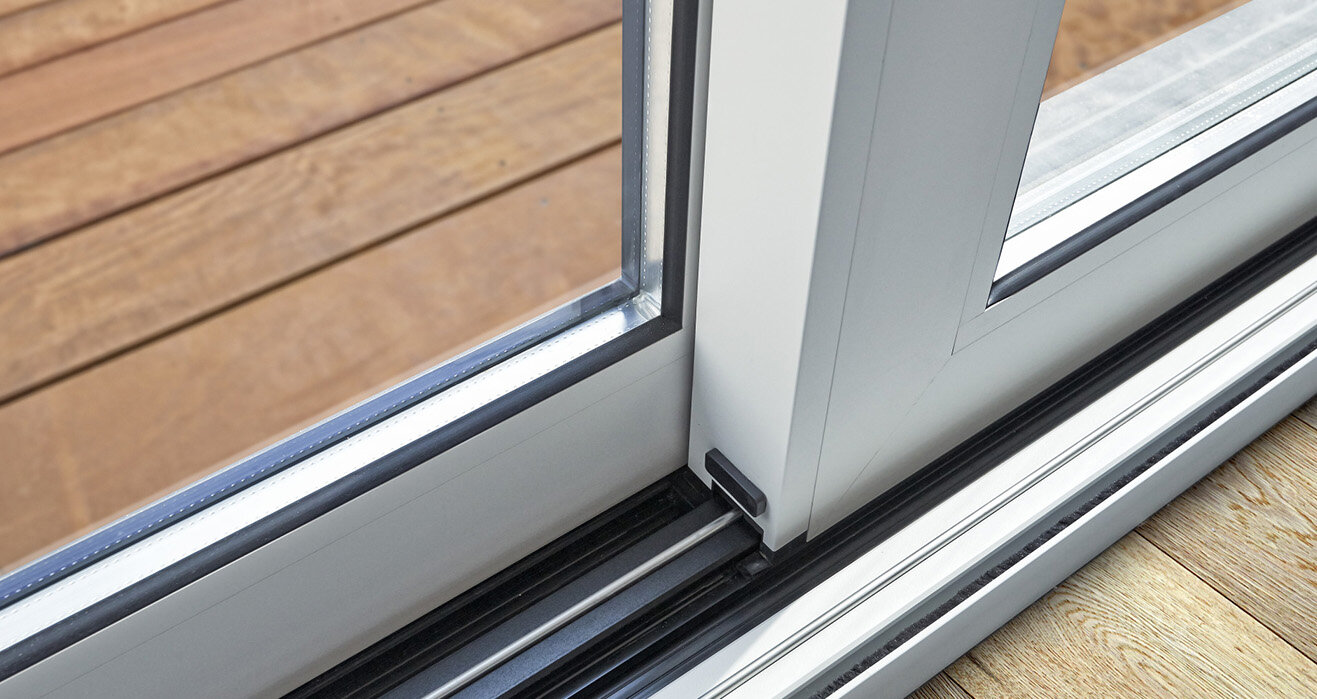
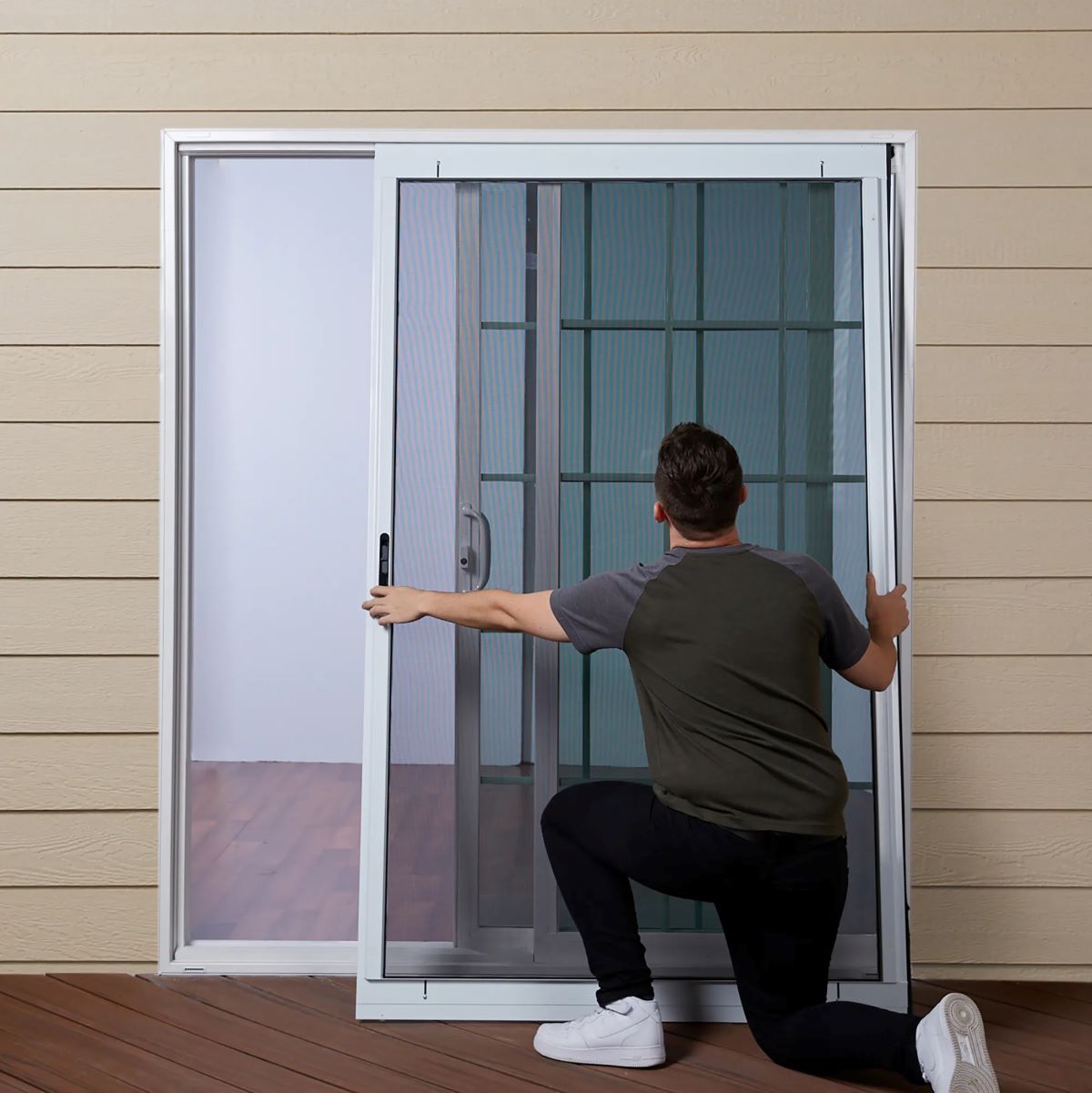
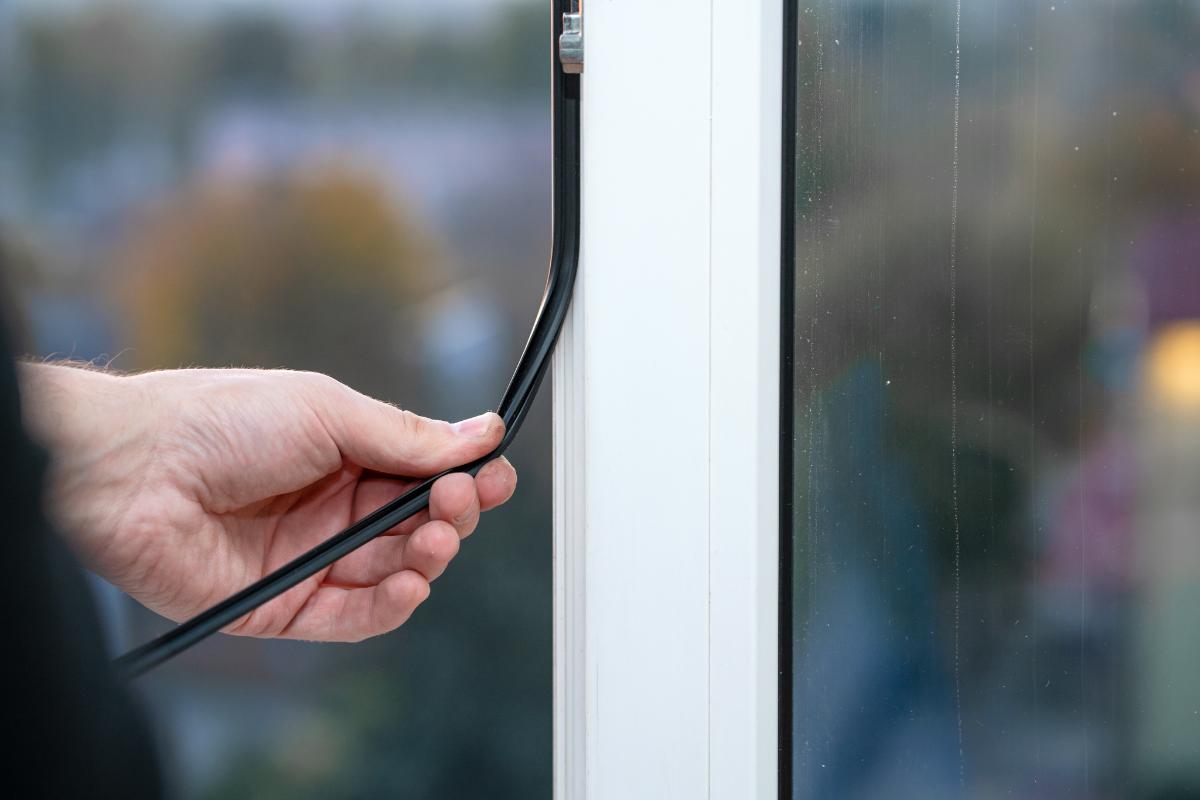
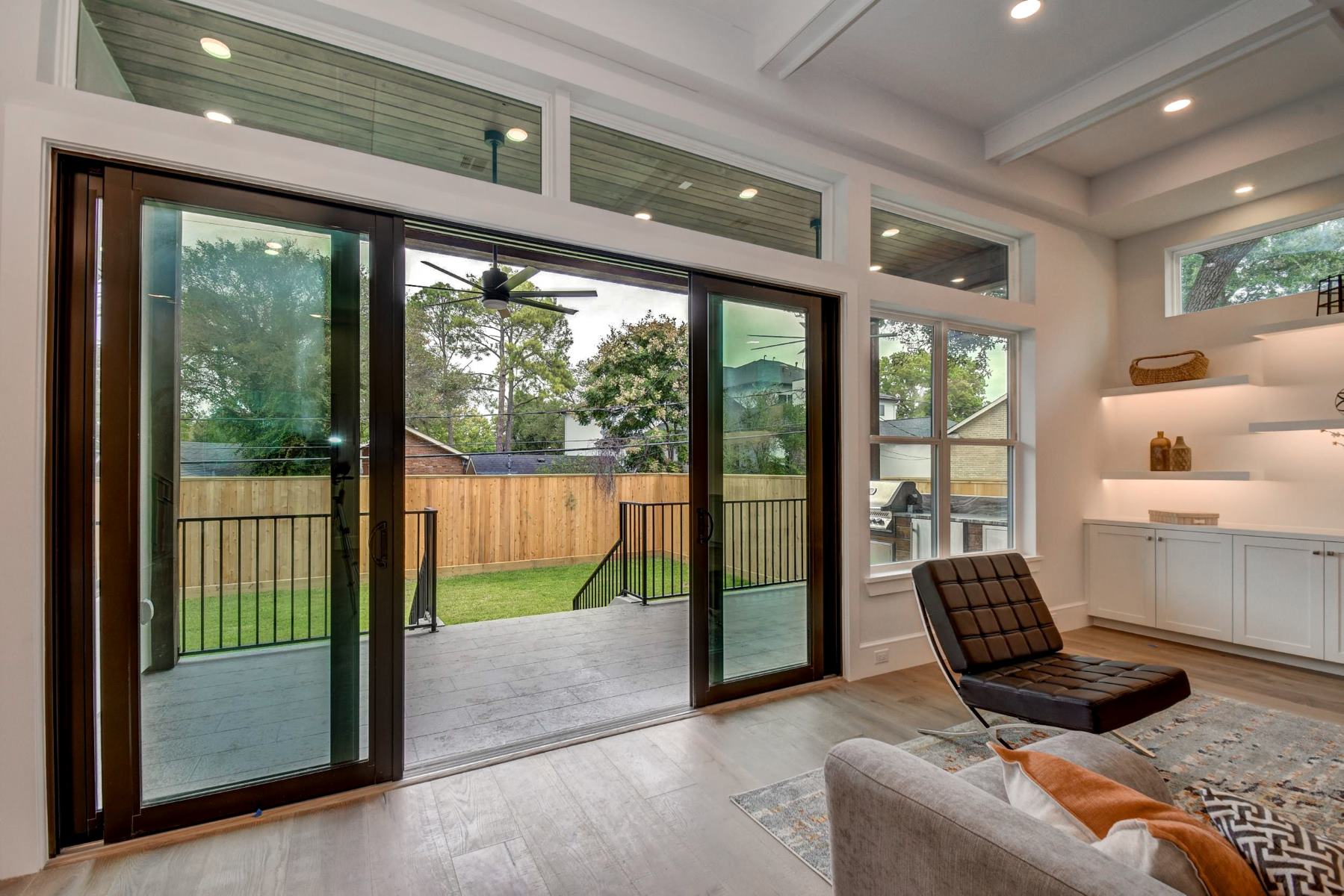
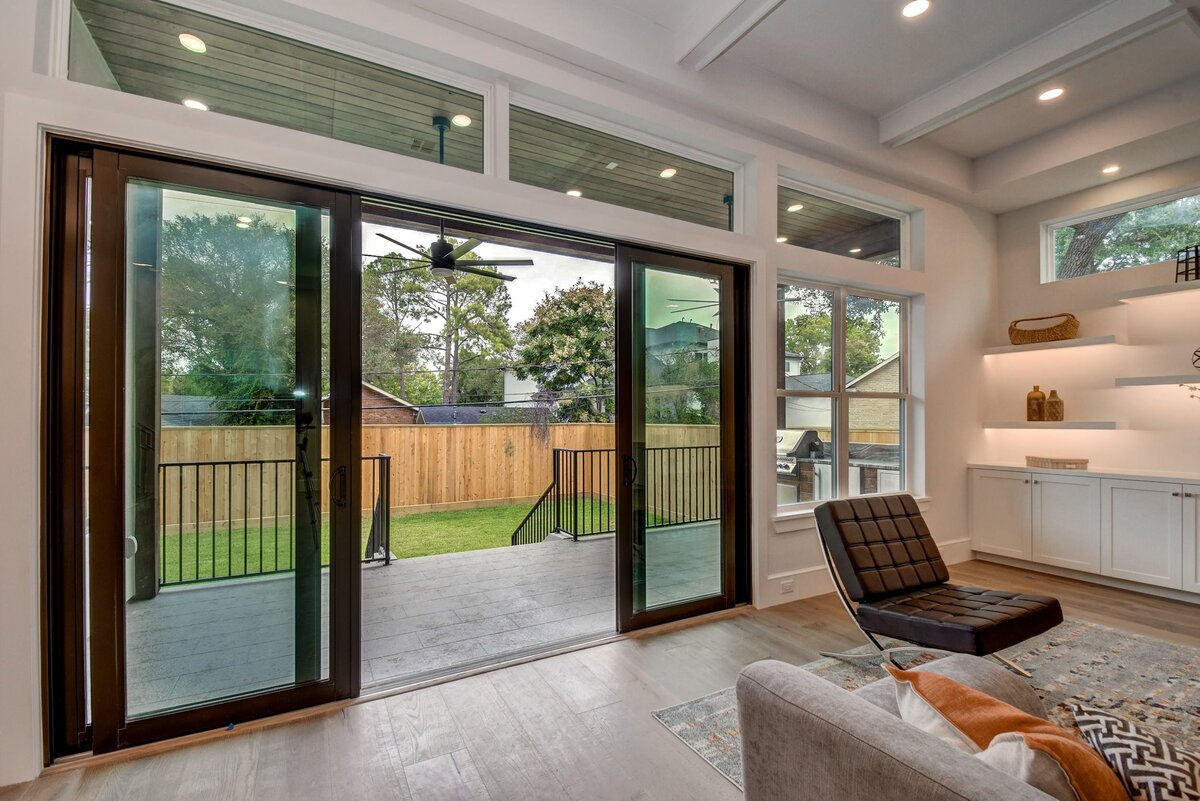

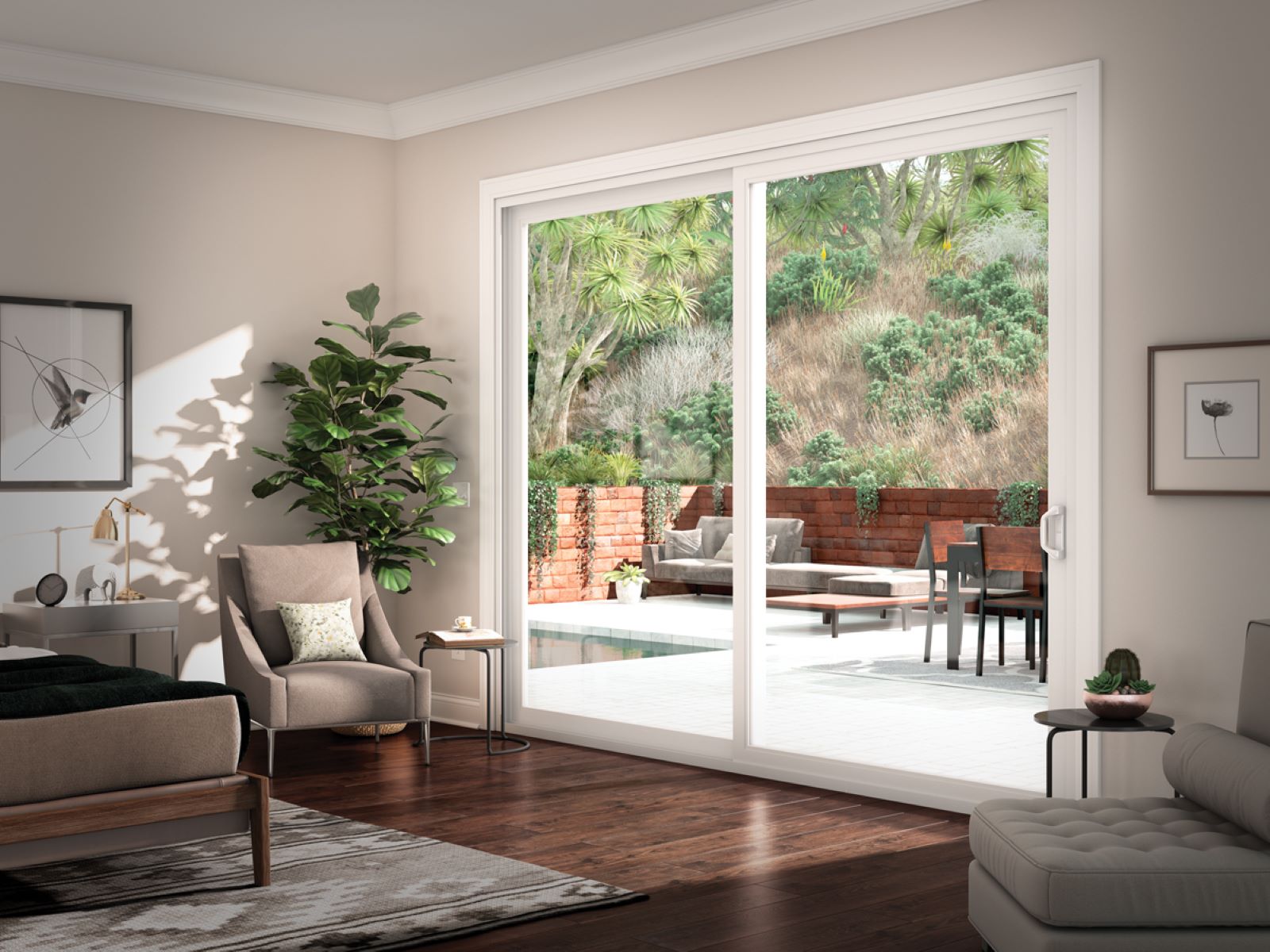
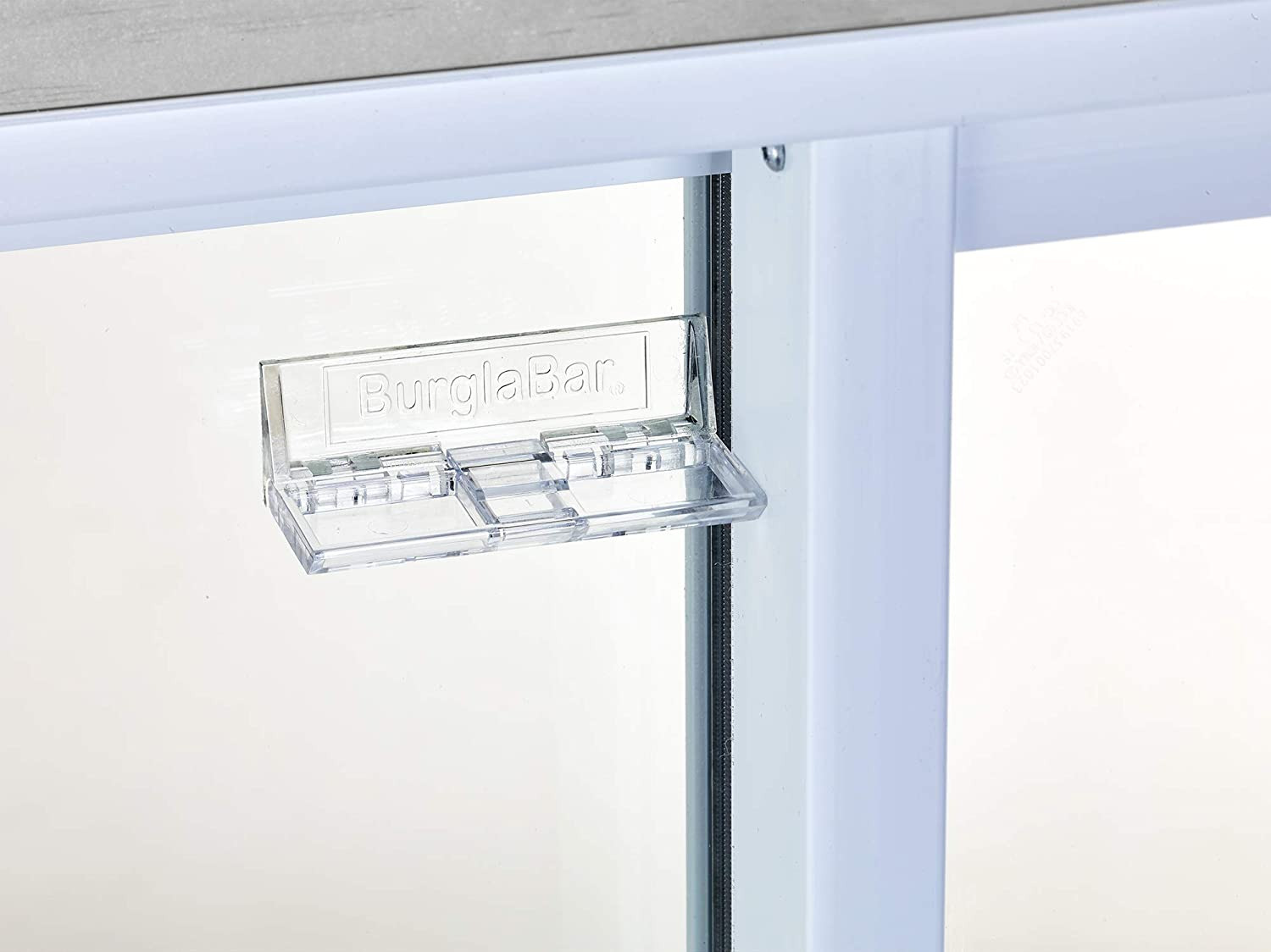

0 thoughts on “Which Type Of Glass Is Used In Most Sliding Doors”